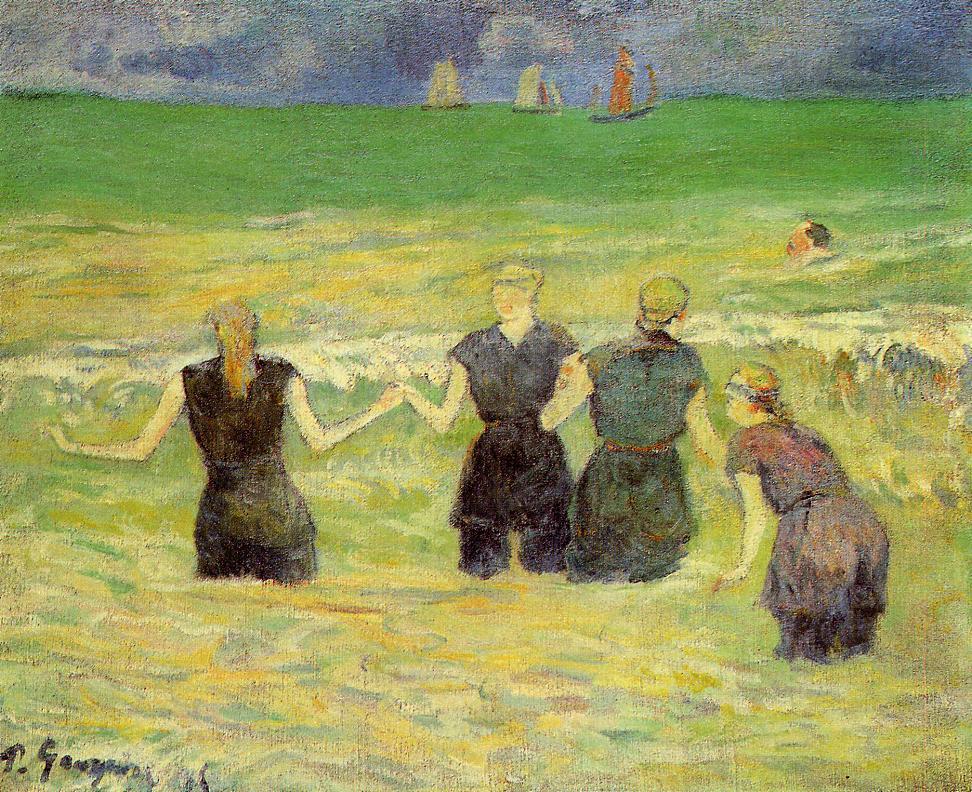
The music of raindrops is much more than white noise. It brings peace and calm, reminding us of a time when the Earth was our home and helping us to reconnect with our roots.
I sometimes regret not remembering the moment I first discovered rain. I wish I could relive that first time now, with full awareness. Did I feel the cold drops on my face on that childhood day? Or did I hear the rain drumming on the ledge of our high-rise flat, only later seeing it on crying windows?
Although unable to recall this, I imagine that I was sheltered indoors, the rain falling in the other, outside world beyond the window. It must have first appeared in my life as sound. Otherwise, its concerts would not be able to captivate me today.
When it starts raining outside, I wax contemplative, becoming eager to sit in silence, eyes closed, all ears. Wrapped in a wool blanket, I imagine that rainwater is rising all around me, the grey downpour floating my body up as if it were suddenly exempt from the laws of gravity.
It seems puzzling that the continuous hum of rain is not as wearisome as other monotonous mechanical sounds. Nor is it ordinary white noise trickling in the background and leaving





